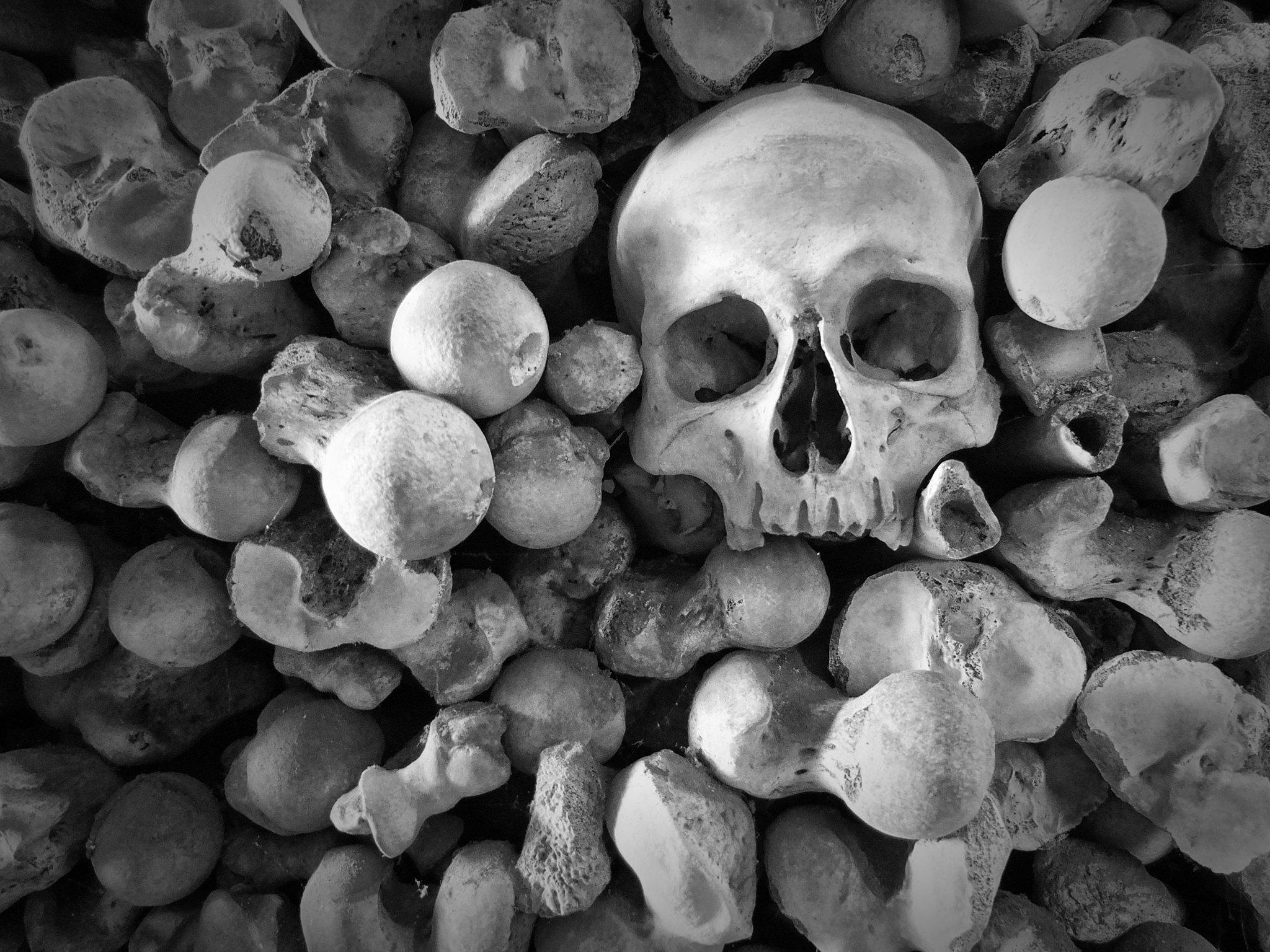St Peter & St Paul
Dymchurch, Kent
This little church has a Norman core, but was altered and extended in the 13th century.

St Leonard’s is a beautiful church in a beautiful place, standing high and proud above the town of Hythe, looking towards the coast of France, which can be easily seen on a clear day.
Hythe, Kent
St Leonard's stands far from the sea today, but when the first Norman church was built, in c1080, the high Street formed the quayside of the Cinque Port of Hythe. In medieval times St Leonard's was described as ‘Hethe Chapel’ despite possessing a magnificence which other Kentish folk would have envied.
By c1220 fashions in architectural style had changed. With a growing number of pilgrims visiting the church, enlargements were carried out perhaps in an attempt to build a mini Canterbury Cathedral. During the Reformation though, the rich decoration which filled the church was stripped away. From the 16th and 17th centuries only the iron ‘Armada’ chest remains.
In 1875 and 1887 restorations were carried out by two of the finest Victorian architects, George Street and John Pearson. The vaulting to the chancel and aisle roofs was completed, the barrel shaped roof in the nave added and the pulpit with its fine Venetian mosaic work, composed of 20,000 pieces, installed.
Two features in the church bring the visitor abruptly into the 20th century. In the south aisle a remarkable stained glass window commemorates 2nd Lieutenant Robert Hildyard who was killed, with over a million others, on the Somme in 1916. The window has a dreamy, surreal effect, and is a fine example of the art nouveau style. The present east window was dedicated in 1951 and reflects the long term role played by the town of Hythe in the front line of England's defence.
St Leonards has the largest and best-preserved collection of ancient human bones and skulls in Britain. The collection consists of shelves in four arched bays that contain 1,022 skulls in total, and a single stack of bones and skulls measuring 7.5m in length, 1.8m in width and just over 1.8m in height. We know that the stack of bones was reassembled on its brick base in 1910. The earliest references to the collection are 1678 by Samuel Jeake, then Town Clerk of Rye and although it is impossible to estimate the number of bones in the stack recent work on the skulls has estimated there are likely to be 2000 individuals. Postcards in the early 1900s with photographs of the crypt show the layout much the same as it is today.
Dymchurch, Kent
This little church has a Norman core, but was altered and extended in the 13th century.
Burmarsh, Kent
Still Norman in feel despite Victorian restoration in 1876, Burmarsh church is entered through a Norman doorway over which is carved a face that looks anything but friendly.
Brabourne, Kent
A church has existed on this site since Saxon times, but the oldest part of the present building dates from 1144.